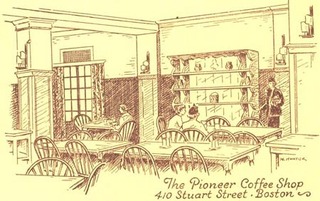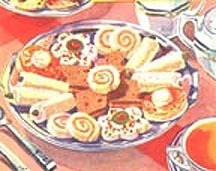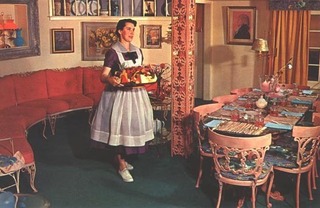"Domesticating the Restaurant"
A chapter in From Betty Crocker to Feminist Food Studies, University of Massachusetts Press, 2005.

In my essay I write about the women who ran restaurants in the teens and 1920s and the kind of ideas they had about what a restaurant should be like. Many of them had studied home economics and felt they had a mission to civilize the restaurant. Keep in mind that many middle class people distrusted restaurants at the time and considered them dirty and unpleasant. They viewed them as "the tail end of the saloon," meaning that their patrons were more interesed in drinking than eating.
The women I focus on were not the first to run restaurants (legions of women had operated eating places, often with their husbands), but they were highly educated -- in a field where many had not finished high school. They considered themselves reformers, and they used the middle-class home as their standard of how things should be done.
Their restaurants often stressed a homelike theme -- through the food they served, the way they furnished their dining spaces, and even in customs like putting flowers on the table, hanging curtains at windows, and giving free second helpings. Needless to say, their kitchens were squeaky clean.

Their food ranged from simple dishes such as casseroles and rice pudding to fancier things such as tea sandwiches and tomato aspics.
